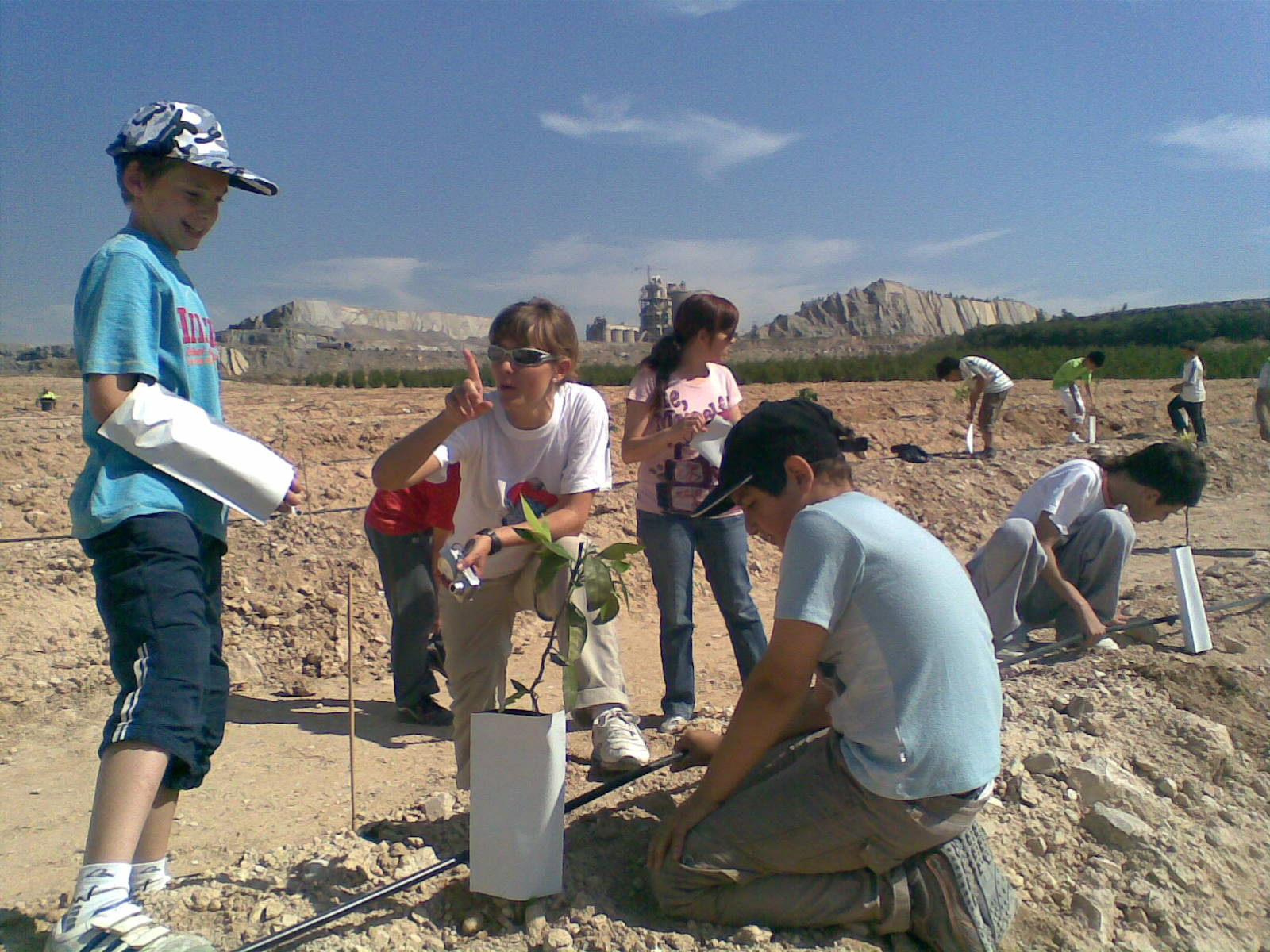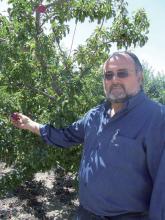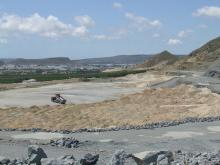
Having the support of the local community can make a significant difference to the day to day operation, as well as the long term future, of a quarry
In many rural areas quarries are often the major employer and in such locations local families often understand the need for aggregates as well as the positive impact in the local economy. However, some aggregates sites do not have such understanding neighbours and building community support through involvement with local events is an essential part of business.
Many planning applications for new quarries and extensions to existing ones fail or find difficulty when it comes to gaining approval from nearby residents. This 'not in my back yard' (NIMBY) attitude stems from lack of understanding of both the quarrying process and the need for aggregates.
To many people, quarries are a closed operation and they are only aware of the negative impacts that arise from some sites such as noise or dust. Many never see the positive impact an active quarry can have on biodiversity until a restored area is handed over to the local community. Even then, few people can easily associate the 'hole in the ground' with the lush nature reserve they soon take for granted.
The other issue is that aggregates are often sold to a much wider market than the neighbouring community and all the people see are trucks taking the material away. They do not understand that prime aggregate resources do not exist everywhere and the quarry they live close to may be essential to building the hospital, schools and roads they rely on daily.
This is why open day events and school visits are an important part of modern quarry operation. Allowing people to see first hand how and why the aggregates are processed, as well as the ongoing restoration work as extraction continues is vital.
The European Minerals Day initiative is helping to create a structure and support for community visits to active quarries, but operators should also look at how they involve themselves with local residents on a more regular basis. Such things as visits to schools and community groups to emphasise the dangers of trespass, ensuring communities know who to contact should there ever be a problem and inviting people to tour the quarry can easily be arranged.
According to Cemex, as well as helping the company with some of the work and they also learnt more about the restoration project that has been underway there for 25 years. Exhausted areas of El Clotet quarry have been gradually restored as extraction progresses with fruit trees and now produce more than 1000tonnes of fruit each year, 90% of which is sold for export.
The common misconception that quarrying is solely a destructive industry is very deep rooted in some communities but unless operators all over Europe work to dispel this myth, it will live on. Many quarries in Europe are an excellent showcase of environmental achievement and operators should be proud to display their efforts, so why don't more allow local residents to be impressed by the industry?











